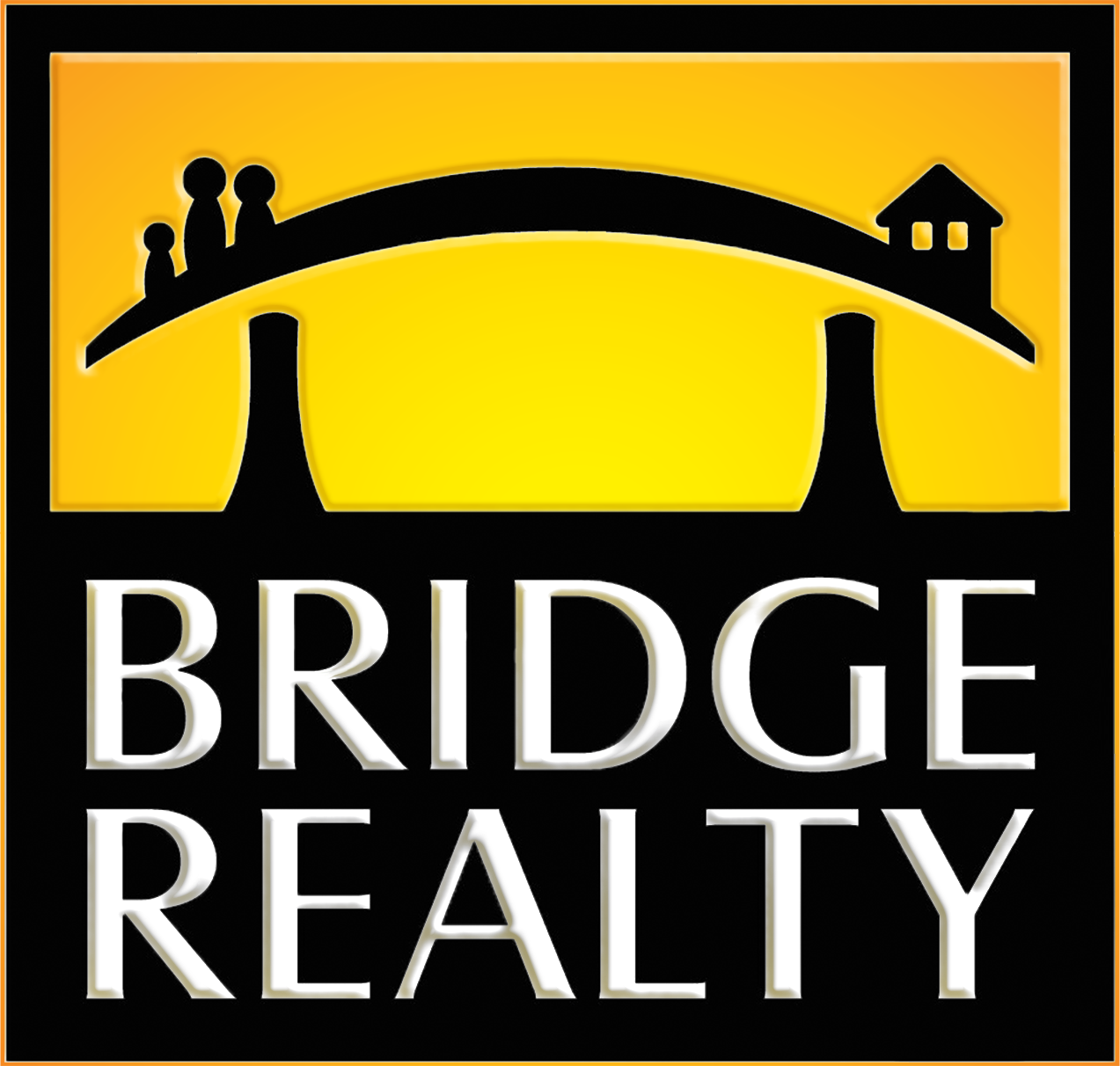
If you’re in the market to buy a home in Minnesota, or many other parts of the U.S., you know what we mean when we say “Yikes!” First, there are so few homes available, especially in the more popular price ranges (such as those for first-time buyers) that those in good condition sell quickly, sometimes with multiple offers and many selling for much more than list price!
A tight inventory of available homes drives up prices. Now, if you’re a homeowner considering selling your home, this is good news because you’ll get top dollar (again, if your home is in good condition). For homebuyers, however, it’s beyond frustrating. On the flipside, if you’re in the market to sell your home, then you are likely in the market to also buy a home (not so fun…)
The housing supply is now at its lowest level since the 1970s, due to millennial homeownership and other factors such as rising building prices, along with higher priced new construction homes and real estate speculators snapping up starter homes. Low mortgage rates, coupled with more work-from-home possibilities created by the pandemic, have also fueled a rise in housing demand.
So, how long is this situation going to last and what needs to happen to stabilize this market for buyers?
One thing that would help is for builders to build more new homes. “Single-family home construction is running at the slowest pace since 1995,” says Diana Olick at cnbc.com. One reason for that is the substantial increase in home building materials.
“More housing construction will help — and it has been increasing — but the United States has been underbuilding for so long that it’ll take years to meet demand, according to Emily Badger with the New York Times.
So, why aren’t they building?
There are a number of reasons that developers have backed off residential construction. Money, of course, is at the root of most of them, but effects of the pandemic, such as the supply chain crunch are certainly contributing factors as well.
“Builders report shortages of windows and doors and flooring and appliances, and I’ve even heard stories of garage doors that are not going to arrive for months,” Robert Dietzhe with the Home Builders Association tells marketplace.org’s Mitchell Hartman.
Add a worker shortage to the supply chain issues and it’s understandable why the pace of new-home construction isn’t anywhere near where it should be.
“As more skilled workers retire from the industry … not enough young people are coming in,” Ed Brady, CEO of the Home Builders Institute tells Amy Scott at marketplace.org.
Additional challenges to the construction industry include “The pandemic, … growing inflation, … and the potential passage of all or part of the Build Back Better legislation …” could have a dramatic impact on the construction sector this year,” said American Institute of Architects chief economist Kermit Baker.
Then, there is the existing home market.
When will prices come down?
Most of the factors that are encouraging a rise in home prices interact. So, if one factor changes, it may help the others to loosen their grip on the market. These factors include (but aren’t limited to):
- Not enough homeowners selling their homes
- Soft supply of newly constructed homes
- High demand for homes
- Low mortgage rates
- An improving labor market
The factor with the most impact right now is that there aren’t enough homes for sale to meet the demand. Even with the expected mortgage rate hikes this year, there won’t be homes to meet the demands of homebuyers left in the market, according to Ally Yale with The Motley Fool.
“… it’s likely that price growth will start to taper off as we get further into 2022,” she notes. “Make no mistake, though: Prices aren’t suddenly going to drop,” this year.
As you can see, when home prices will reverse their ascent is anybody’s guess. There are just too many variables to allow for an accurate prediction. Since we keep our eye on the economy, however, keep checking back for updates.
For the foreseeable future, at least here in the Twin Cities, there will likely be a shortage of available homes on the market. That, coupled with historically affordable interest rates, will likely push prices even higher and create an even more competitive housing market for all those involved! It’s always best practice to meet with your lender FIRST so you can secure a pre-approval letter, then start looking at homes. You’ll also want to make sure you are working with a local, experienced Realtor, to help you avoid all the pit-falls of such turbulent and unpredictable market!
Check out my Buyer’s Guide for more tips and tricks!
Here are some of our recent blog posts….
- What’s behind rising home prices in Minnesota, and many parts of the U.S.?
- 10 Things To Bring With You When House Hunting
- 5 hot features home sellers frequently forget to mention…
- How to save money when you buy a home
- Moving to Minnesota? Here Are 9 Reasons Why You Should!
Follow Me On Social…






